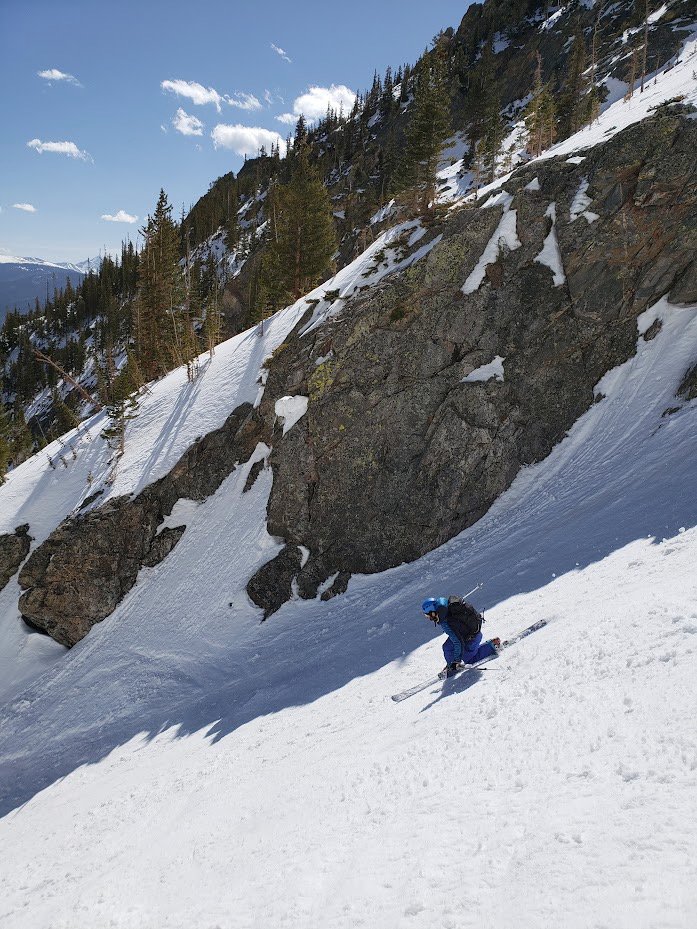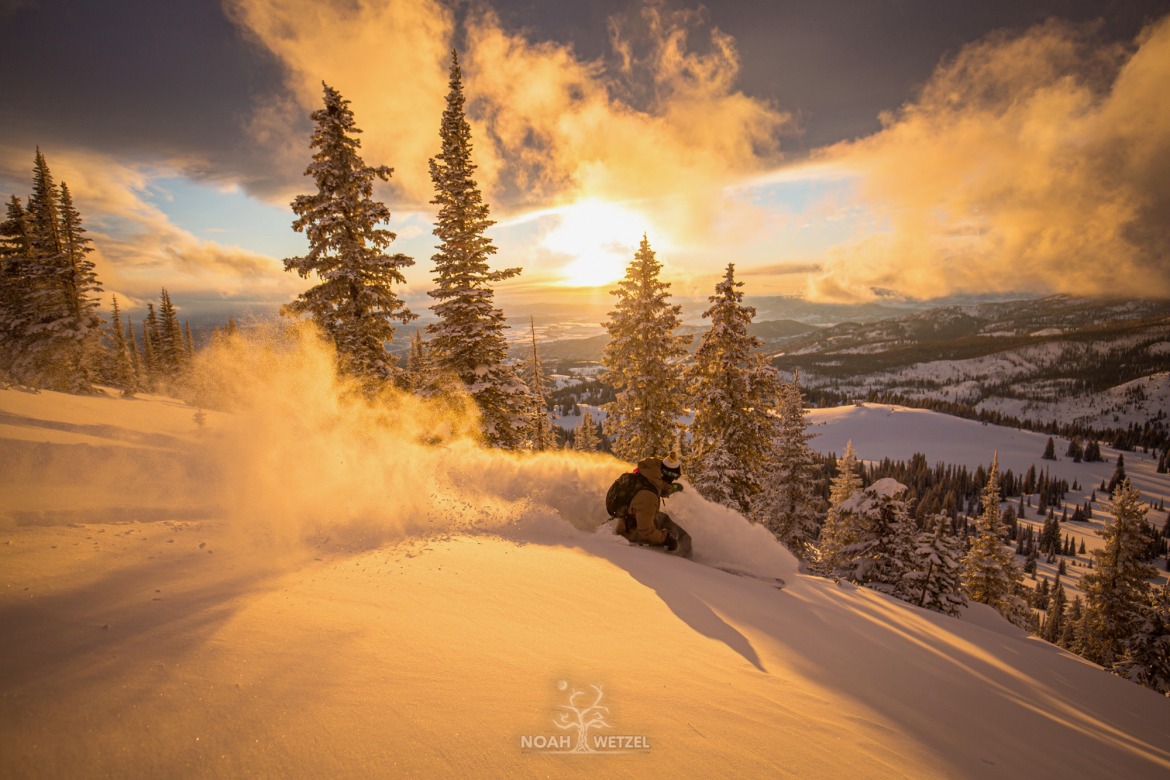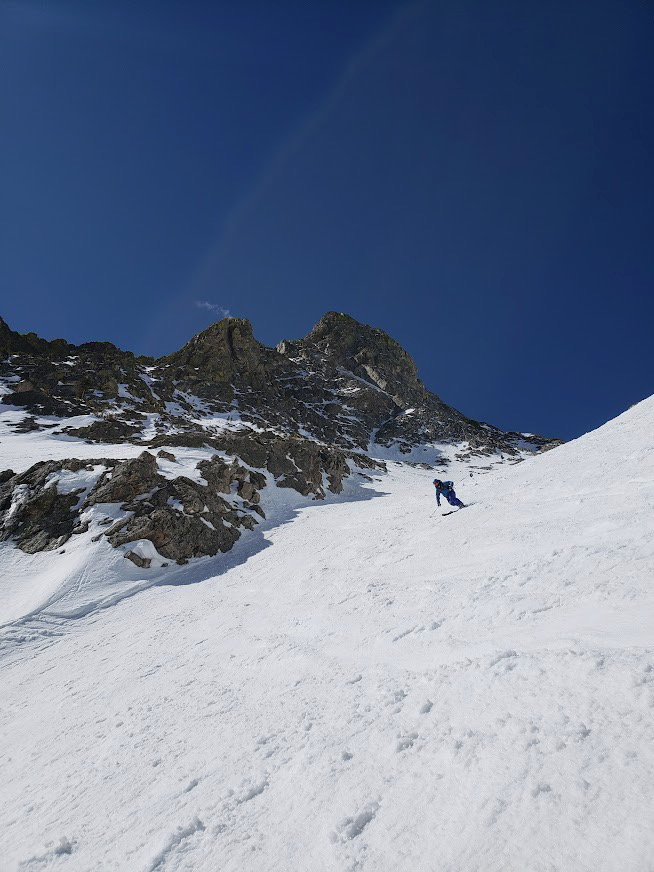Scarce, maybe threatened, but not extinct. You might think telemark was a graveyard of gear and ethos, struggling to regain some relevance. The Turn is alive and well.
Much has been made of the withering of the telemark scene over the last several years. And here we are again, taking another look at what is going on (or maybe awry) in the free-heel world.
Baiting reactions and clicks, the Big Ski Mags have recently made the sport’s status fodder for less than clever tropes. And – in a more constructive manner – WildSnow has occasionally covered the state of telemark, with pieces on the newest in backcountry telemark bindings and this piece regarding the way forward in boots.
Meanwhile, the few left inside the telemark world – from forum posters to industry insiders — have been ceaselessly brainstorming what might bring telemark modern redemption. Read that as new users and new gear.
Both of these are desperately needed in the sport. It is the consummate chicken-or-egg debate in the scene: does telemark get new gear when more new users drive demand or do more users arrive because there’s new gear?
But in this thought experiment lies a potentially fatal flaw – telemark hasn’t been saved by new gear revolutions alone throughout its history. And amid a long retrograde, the sport currently fights for renewed cachet.
Unbeknownst to most, even the ski world, there has been a revolution in telemark gear, namely touring bindings. Specifically, this relates to incorporating the tech pin into a telemark binding. Be it the TTS, the first telemark binding to incorporate a tech toe, created by Mark Lengel in 2011, or InWild’s (formerly The M Equipment) NTN-tech trap, the Meidjo. Eminent binding maker 22Designs has also joined the fray with their LynxF. Thus the coming end of the 75mm, duckbill dynasty.
But while these new bindings are groundbreaking, at best, they have only abated telemark’s participation problem. Yes, the sport seems to have at least found a stable footing of late, and past talk of the sport’s “death” seems more hyperbolic than ever. But these new bindings have not “saved” the sport by spurring any wave of fresh participation.
And in that lies the issue.

Telemark’s revival is tied not just to the ever-forward progression of gear but maybe more so to recapturing whatever mysterious milieu was also at work in the previous apogees of the free-heel turn. Photo: Ryan Connelly
Many in the scene look forward to hypothetical gear improvements and lean on them as being the yet-to-arrive saviors to telemark’s overarching problems of gear stagnation (outside of bindings) and low participation. Many celebrate the coming retail death of 75mm boots as making way for a future innovative focus on NTN. Classic but discontinued duckbill boots almost get booed off the stage by this cohort – while others hiss online at the demise of the duckbill, somewhat unknowingly exclaiming, “where will I find boots now???”
Speaking of boots: there’s the favorite gear dream of the telemark world: the ever-promised, decade-in-the-making (at least) new line of boots from Scarpa. But the gear isn’t the issue. The sea change in binding technology toward lighter, more touring-oriented specs that bring renewed parity with alpine counterparts has brought no new boom for free-heel skiing. Telemark will only see a resurgence when it somehow sheds its status as the choice of the weirdos and achieves credence as an apt cultural option again. And that begs an entirely different essay on this topic alone.
Telemark once had that cultural clout. Free-heel, downhill skiing on cross-country gear in the 70s and 80s, was the height of countercultural skiing in America. It was a repudiation of a repudiation: telemark skiing was a response to the bounds of resort alpine skiing (which, to this writer, is a repudiation of doing what you’re ‘supposed’ to do, i.e., work). Telemark skiing, even seen then by some as using absurd gear for the terrain, fought against the over-emphasis on resort-bound hotdog coolness. It was the tool to access the backcountry and escape the busy straight and narrow. It was heady; it was hard; it was soulful. But above all, while not without detractors, it was seen as a relevant choice.
Telemark had a similar cachet in the 90s and 2000s. It was still thought of as the best-known way to access the backcountry. Only this time, the zeitgeist meant stronger turns could be made on newly released plastic boots.
But that time’s telemark-as-backcountry-gear paradigm is a little misleading. However, it was before Dynafit bindings were widely known (and trusted), and there were still alpine touring bindings available to the skiing public (and telemark defectors). Many still chose to access the backcountry on telemark gear over AT – people were making a conscious choice to telemark. While they may have been nudged in that direction by word of mouth and the prevailing wisdom of the time, people weren’t forced by gear availability to go that direction.
Telemark, for whatever reason, was cool during its height. It was in. We now live in a ski world that in no way resembles that. Going on twenty years since telemark was last en vogue, we seem no closer to a resurgence. This begs the question, how long before life support becomes grimmer and becomes a death notice?
Telemark’s revival is tied not just to the ever-forward progression of gear but maybe more so to recapturing whatever mysterious milieu was also at work in the previous apogees of the free-heel turn. Unfortunately, while improved ROM and novel uses of new-age plastics could easily be implemented (if only manufacturers thought so), bending the zeitgeist to our will is not an option. Thus, the tele-sphere’s build-it-and-they-will-come bent these days.
But new gear alone won’t bring about the oft hoped for 3rd Great Wave of American Telemark Skiing. More people have to want to telemark for the sake of free-heel skiing, not just its gear.
While we wistfully pine for the new Scarpa telemark boots and wish away for increased ROM and weight on par with what the alpine hoards enjoy, the culture at large firmly remains in a less-than-ideal place for telemark’s reawakening. And who knows if we ever get back there. The 70s and 90s were different times than now.
Regardless, we wait. It’s good that things aren’t as they seem – sometimes the yearning for new gear and the endless talk of telemark’s expiration would make you think there were hardly telemark boots or bindings worth skiing. You might think telemark was a graveyard of gear and ethos, struggling to regain some relevance. Yes, the sport needs stronger participation and could use more gear options. But luckily, in mostly unseen corners of the ski industry, away from where most alpiners spend their time – to a few passionate souls – The Turn is alive and well.
Jack O’Brien was raised in Steamboat, Colorado and remains devoted to the turn of all turns: the Tele turn.


